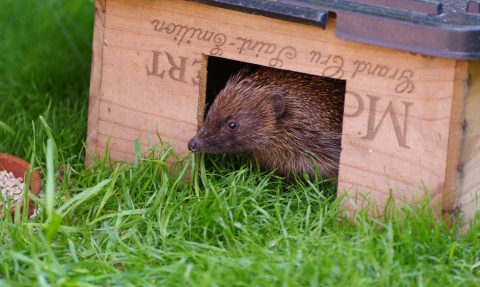
Hedgehog house by Gillian Day
How to help wildlife where you live
Simple ways to get involved with helping local wildlife
-
At home and work, there are simple ways that you can take action for wildlife. Using less fossil fuel energy means fewer CO2 emissions, contributing less to the climate change that is affecting our habitats and wildlife. Using less water means more water is available for wildlife in our rivers and streams.
-
You can help to monitor wildlife by taking part in Opal's National Citizen Science Surveys and other regular bird, bug and butterfly counts. If you have an interest in a particular species consider going out with a local monitoring group, such as a bat or reptile group. Look out for Bioblitz dates in our events calendar.
- In your neighbourhood you can volunteer with BBOWT or other local environmental groups to look after local nature reserves and green spaces. You keep an eye out for damage in the natural environment and report it.
- You can check the habitat and species data for your area and that it's up to date on Defra's Magic Map. If you collect habitat or species records, submit them to your local environmental records centre.
- You can help us raise the profile of the local issues facing the natural world by campaigning for wildlife in your area. This could involve actively participating in our campaigns and/or as part of your Neighbourhood Planning team.
- You can also help to ensure that wildlife is taken into account in planning decisions in your area by responding to planning applications and consultations.
Find more simple actions you can take at home and at work to help the wildlife where you live.
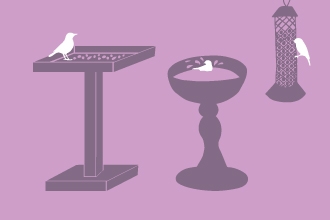
How to feed birds in your garden
Find out how to attract birds into your garden all year round.
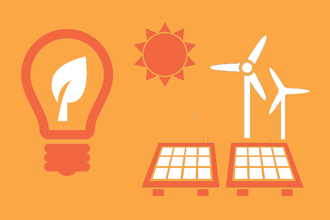
Change your energy use
Energy used in buildings accounted for around 20% of total UK emissions in 2022. Reducing your household energy use by switching to a…

Change what you eat
Eat more plant-based foods, reduce your food waste and buy local produce to shrink your environmental footprint.
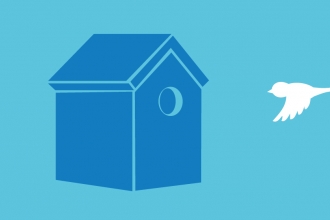
How to clean nestboxes and bird feeders
Nestboxes can harbour parasites so it is good practice to take them down at the end of the season and give them a clean. Likewise it is…
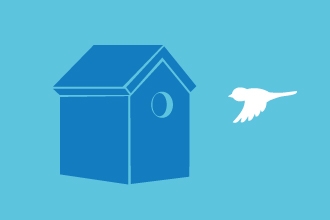
How to build a bird box
With natural nesting sites in decline, adding a nestbox to your garden can make all the difference to your local birds.
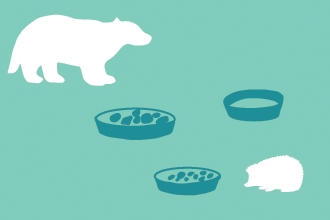
What to feed hedgehogs and badgers
Putting out a bit of food can help see mammals like hedgehogs through colder spells.

How to help wildlife at work
Attracting wildlife to your work will help improve their environment – and yours!
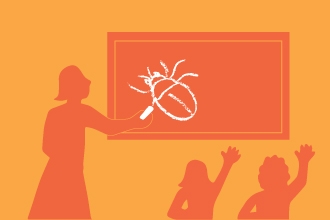
How to help wildlife at school
Whether feeding the birds, or sowing a wildflower patch, setting up wildlife areas in your school makes for happier, healthier and more…
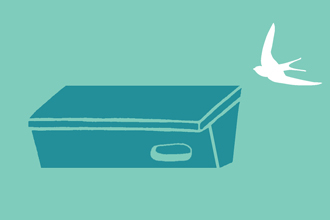
How to build a swift box
Swifts like to leave their nests by dropping into the air from the entrance. This is why they often choose to set up camp in the eaves…
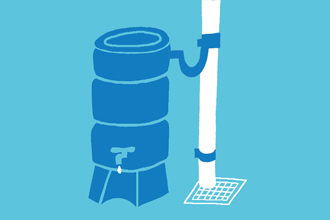
How to install a water butt
Water butts lower the risks of local flooding and will reduce water bills by conserving the water you already have. They're great…

How to have a plastic- free Halloween
Halloween is often a great time for spooky family fun, but unfortunately it is often full of plastic.
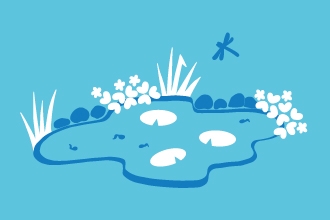
How to create a mini pond
Even a small pond can be home to an interesting range of wildlife, including damsel and dragonflies, frogs and newts.
Find out more about planning and wildlife in our area
- Planning policy and the planning system (https://www.bbowt.org.uk/planning-policy-and-planning-system-england-and-wales)
- Responding to planning applications and consultations (https://www.bbowt.org.uk/responding-planning-applications-and-consultations)
- Development and wildlife (https://www.bbowt.org.uk/development-and-wildlife)
- Wildlife and the law (https://www.bbowt.org.uk/wildlife-and-law)
- Useful contacts and information (https://www.bbowt.org.uk/planning-and-development-useful-information)
